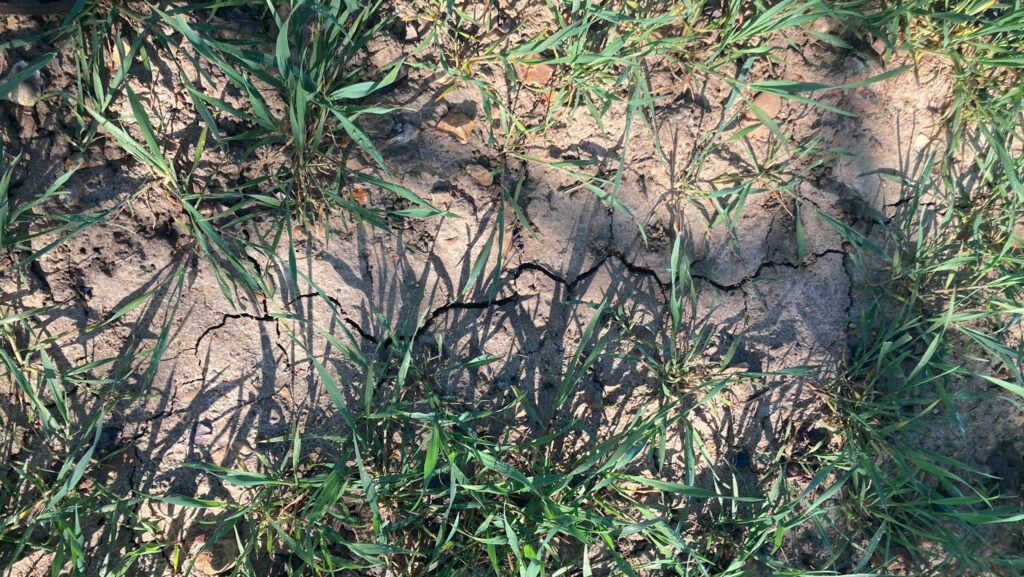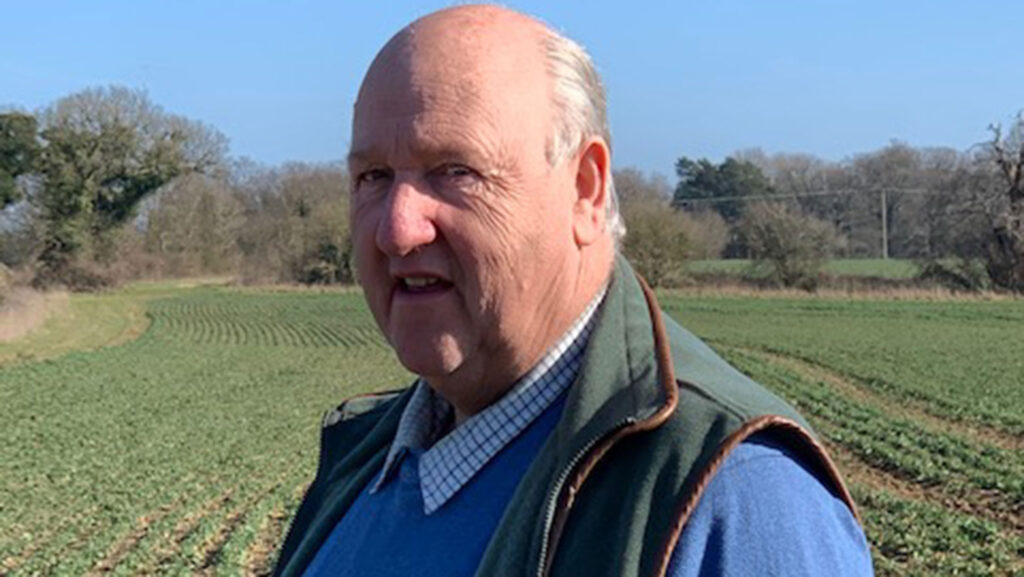Norfolk grower to start irrigating cereals amid dry spell
 © Stody Estate
© Stody Estate With just 13mm of rain since the beginning of March, Norfolk grower Michael Wilton will start irrigating cereals this week to protect yield potential.
Michael manages the Stody Estate’s acreage in North Norfolk alongside 600ha of contract farmland.
Crops are looking well but with little rain in the forecast and 80kg of nitrogen yet to be washed into the soil’s profile, irrigation has become his number one priority.
See also: Why dry conditions are complicating barley disease control
“It’s the biggest challenge we’ve got at the moment,” he says.
“Though we will be making case-by-case decisions, spring barley and those winter wheat crops with the highest potential will be the top priorities.”
Onions, potatoes and sugar beet are now in the ground and within the next 10 days will be needing moisture.
Local BASF agronomy manager, Hugo Pryce, agrees.
He says: “It’s desperately dry in the East and there’s little rain in the forecast. Crops are starting to lose tillers, and with them, yield potential.”

© Stody Estate
As the irrigators head to the fields, Michael notes he is turning a “dry season” into a “wet season” and needs to ensure his fungicide programme reflects the impact on disease pressure.
“A few years ago, we were involved in a trial and saw a tenfold increase in the amount of septoria genetic material present in the irrigated winter wheat,” he explains.
Hugo says: “Irrigation will create ‘rain splash’ and spread the septoria up the plants but with a robust T1 planned, Michael has the increased pressure covered.”
Reflecting on the season so far, Michael says the near-average start might have been a saving grace.

Michael Wilton © Stody Estate
“We’re able to manage the biomass currently. Had crops come out of the winter, large and forward, we would be struggling a bit with available moisture and nitrogen uptake.
“I’m not disappointed with where we’ve ended up, but the need for rain is becoming more critical every day – especially with higher temperatures forecast.”
The Stody Estate produces winter wheat for the seed market and has Cheer, Beowulf, Arnie, Dawsum and some pre-basic seed in the ground.
All have good resistance scores against yellow rust and together with such dry conditions has reduced disease pressure. Septoria is present but with the dry conditions, isn’t currently active.
“At this moment, crops are quite clean, but we will still apply a strong fungicide when the wheat gets to the right growth stage,” says Hugo.
Strong genetics and no visible yellow rust means Michael’s focus is on T1 rather than T0.
“My view – which doesn’t change from season to season – is that T1 is a very important building block for the rest of programme and needs to be robust.
“I’m looking at Inatreq (fenpicoxamid) plus RevyPro on those crops with the highest potential.
“RevyPro with its two actives, is a very attractive mix partner – while the Revysol rate is a little lower, there’s some prothioconazole in the formulation.”
Hugo says it is a sound strategy.
He adds: “The season can quickly turn. If you don’t establish a solid foundation, you can end up chasing disease. But, if you start with a strong T1, and disease pressure remains low, there is always the option to reduce rates at T2.”

